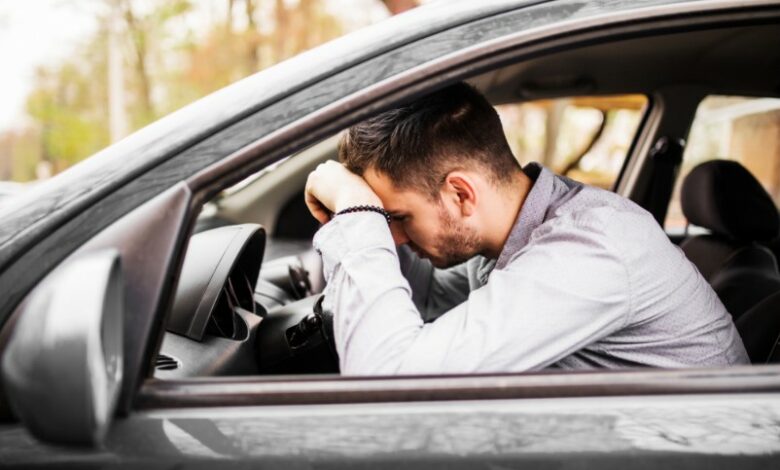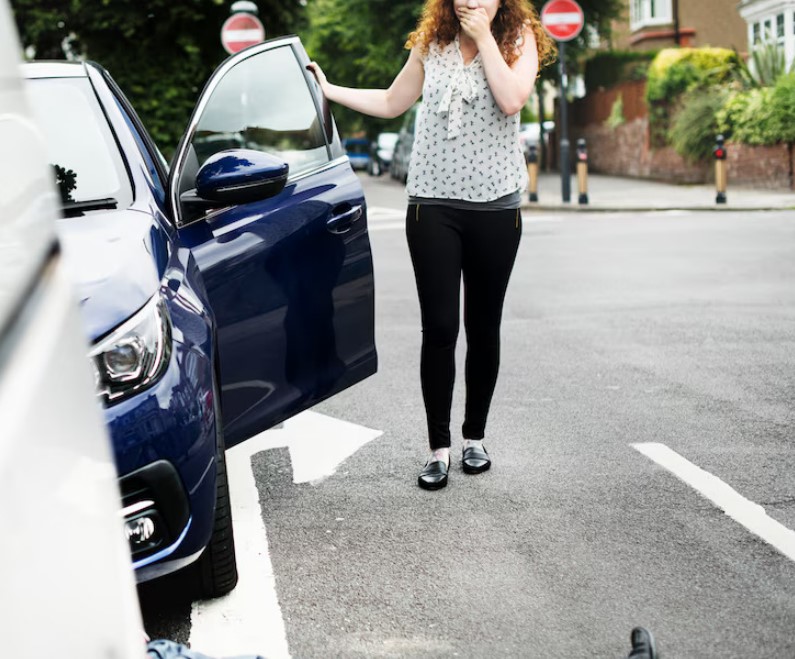The 3 Main Categories of Rideshare Accidents

Ridesharing has revolutionized the way we commute, offering convenience and affordability with just a few taps on a smartphone. However, with the increase in rideshare vehicles on the road, there’s also been a rise in rideshare-related accidents and accident claims. Understanding the main categories of these accidents can help riders and drivers understand their legal rights and file claims accordingly.
Let’s Explore the 3 Primary Types of Rideshare Accidents
When it comes to liability in rideshare accidents, there are three main categories to consider: when the app is off, when the app is on with a passenger or en route to pick up a passenger, and when the app is on but with no passengers. Each scenario affects who is liable and how insurance coverage is applied.
When the App Is Off
When a rideshare driver is not logged into the rideshare app, they are not considered to be working for the rideshare company. Consequently, the company’s insurance is not responsible for any accidents that occur during this time. Experienced rideshare accident attorneys know this and will guide you in the legal process.
Any accident caused by the driver will fall under the driver’s personal auto insurance. This is a critical point for drivers to remember, as they need to ensure their personal insurance is adequate to cover potential liabilities.
When the App is On with a Passenger or The Driver is On the Way to Pick One Up

The most comprehensive coverage applies when a driver is either on their way to pick up a passenger or has a passenger in the car. In these cases, the rideshare company’s insurance is active and serves as supplementary coverage. This means it will cover costs if the driver’s personal insurance doesn’t cover everything.
Currently, both Uber and Lyft offer up to $1 million in third-party liability coverage when a passenger is involved. This significant coverage helps protect everyone involved from substantial financial losses in the event of a severe accident.
However, it’s worth noting that the $1 million uninsured or underinsured motorist coverage that was previously offered has been significantly reduced in recent years.
When the App is On but the Driver Has No Passengers
When a rideshare driver has the app on and is waiting for a ride request, some insurance coverage from the rideshare company kicks in. If the driver causes an accident in this situation, claims can be made against both their personal insurance and the rideshare company’s insurance.
Both Uber and Lyft provide similar coverage for this scenario: up to $50,000 per person for injuries, $100,000 per accident, and $25,000 for property damage. The driver’s personal insurance may have different limits, but to drive for these companies, they must have at least the minimum required auto insurance coverage.
Read also: The Important Qualities a Truck Accident Lawyer Must Have
Final Thoughts
Knowing who is liable in different rideshare accident scenarios is crucial for both drivers and passengers. The level of coverage depends on whether the app is off or on and if the driver has a passenger. Rideshare drivers need to ensure they have adequate personal insurance and understand the coverage provided by the rideshare companies to protect themselves and their passengers.





